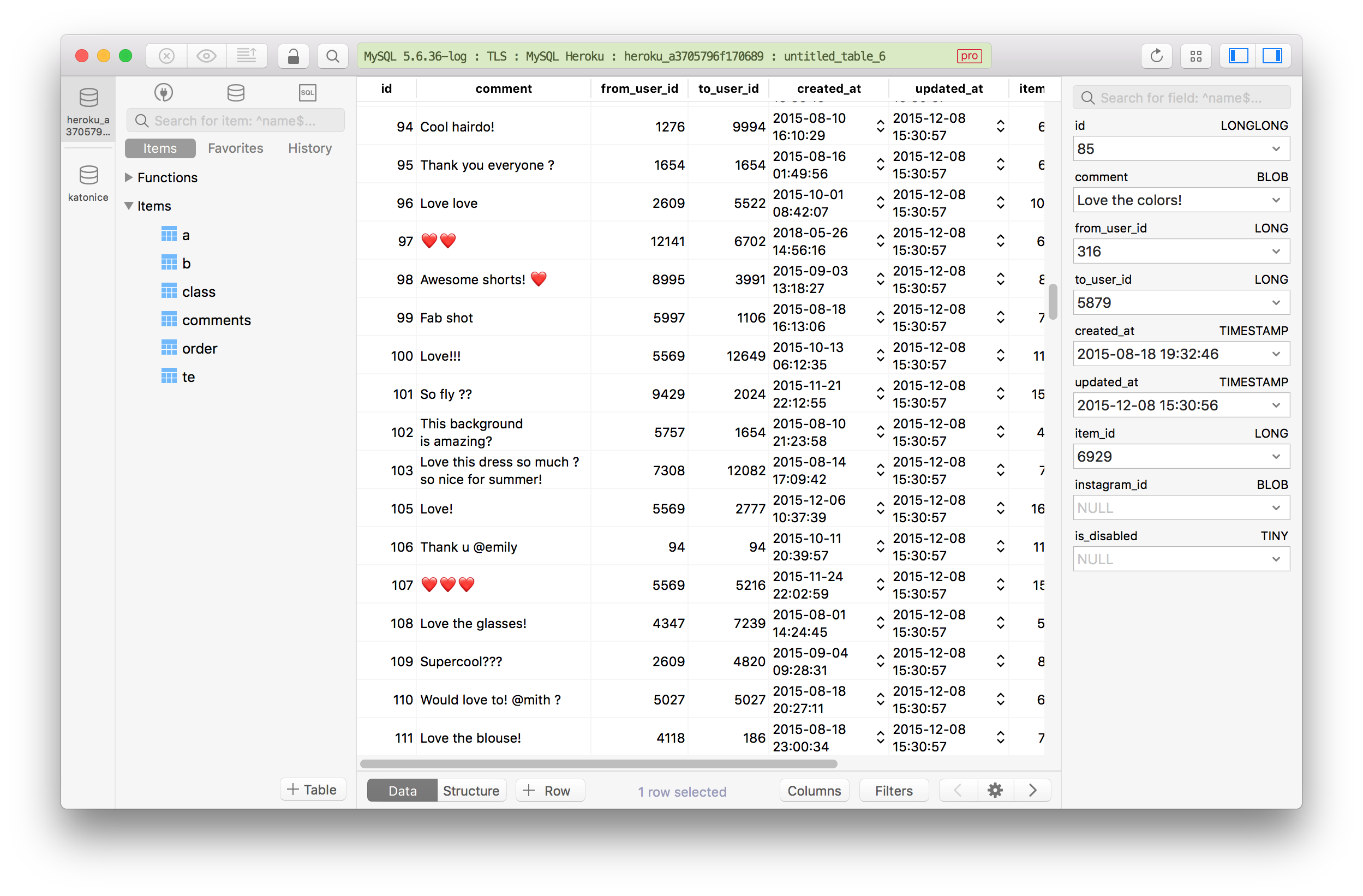

Read single characters from a serial line Use xxd as a filter within an editor such as vim(1) to recover one line Use xxd as a filter within an editor such as vim(1) to recover a binary Use xxd as a filter within an editor such as vim(1) to hexdump a region The numberĪfter '-r -s' adds to the linenumbers found in the file in effect, the Ĭreate a 1 byte file containing a single 'A' character. % xxd -i plain_copy xxd -s 0 > hex_copy" hex_snippet" Here anything that looks like a pair of hex-digits is interpreted. Hexdump with xxd -r -p does not depend on the correct number of columns. This also means, that changes to the printable ascii (or ebcdic)Ĭolumns are always ignored. Input line after reading enough columns of hexadecimal data (see option When editing hexdumps, please note that xxd -r skips everything on the Output file is not seekable, only gaps are allowed, which will be In these cases xxd will lseek(2) to the next position. If the output file is seekable, then the linenumbers at the start ofĮach hexdump line may be out of order, lines may be missing, or overlapping. Xxd -r has some builtin magic while evaluating line number information. Without -s option, xxd starts at the current file position. (or if combined with +: before the current stdin file position). indicates that the seek should be that many characters from the end of the input

Seek is relative to the current stdin file position (meaningless when not reading When used after -r: revert with offset added to file positions found in hexdump. Information and without a particular column layout.Īdditional Whitespace and line-breaks are allowed anywhere.

Use the combination -r -p to read plain hexadecimal dumps without line number To stdout, xxd writes into its output file without truncating it. Reverse operation: convert (or patch) hexdump into binary. Output in postscript continuous hexdump style. (named after the input file), unless xxd reads from stdin. A complete static array definition is written Print a summary of available commands and exit. Grouping does not apply to postscript or include style. Specify -g 0 to suppress grouping.īytes defaults to 2 in normal mode and 1 in bits mode. Separate the output of every bytes bytes (two hex characters or eight bit-digits each)īy a whitespace. The option is meaningless in combinations with -r, -p or -i. This does not change the hexadecimal representation. Max 256.Ĭhange the character encoding in the righthand column from ASCII to EBCDIC. The command line switches -r, -p, -i do not work with this mode.įormat cols octets per line. Octets as eight digits "1"s and "0"s instead of a normal hexadecimal dump.Įach line is preceded by a line number in hexadecimal and followed by an ascii Switch to bits (binary digits) dump, rather than hexdump. Toggle autoskip: A single '*' replaces nul-lines. Thus -c8, -c 8, -c 010 and -cols 8 are all equivalent. Parameters to options can be specified in decimal, hexadecimal or octal Spaces between a single option letter and its parameter are optional. The first option letter, unless the option is followed by a parameter. Note that a "lazy" parser is used which does not check for more than If no outfile is given (or a '-' character is in its place), results are sent If infile is specifiedĪs a '-' character, then input is taken from standard input. If no infile is given, standard input is read. Moreover, it can be used to perform binary file patching. Like uuencode and uudecode it allows the transmission of binary data in an 'email-safe' ASCII representation, but has the advantage of decoding to standard output. It can also convert a hex dump back to its original binary form. Xxd creates a hex dump of a given file or standard input.


 0 kommentar(er)
0 kommentar(er)
